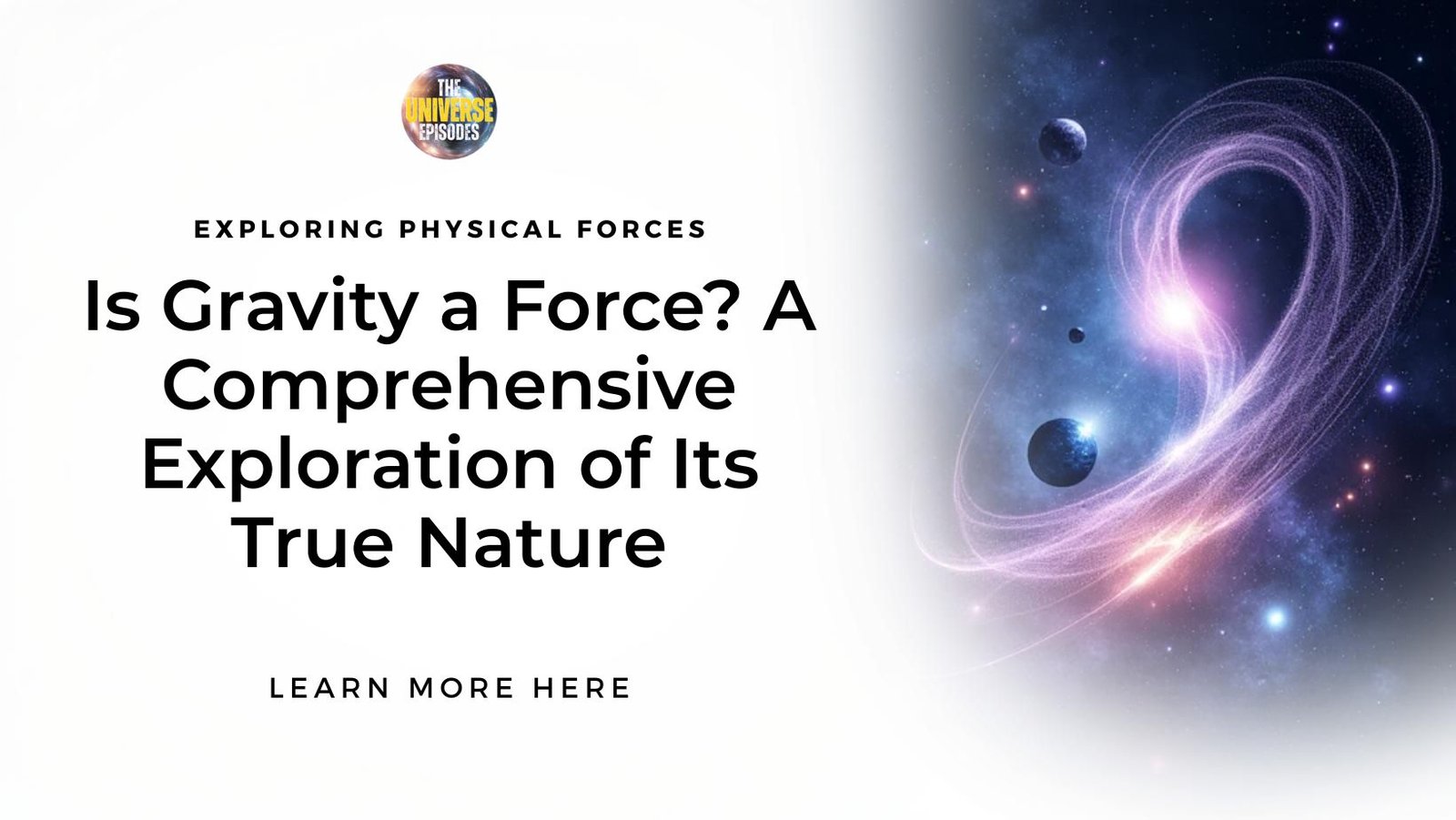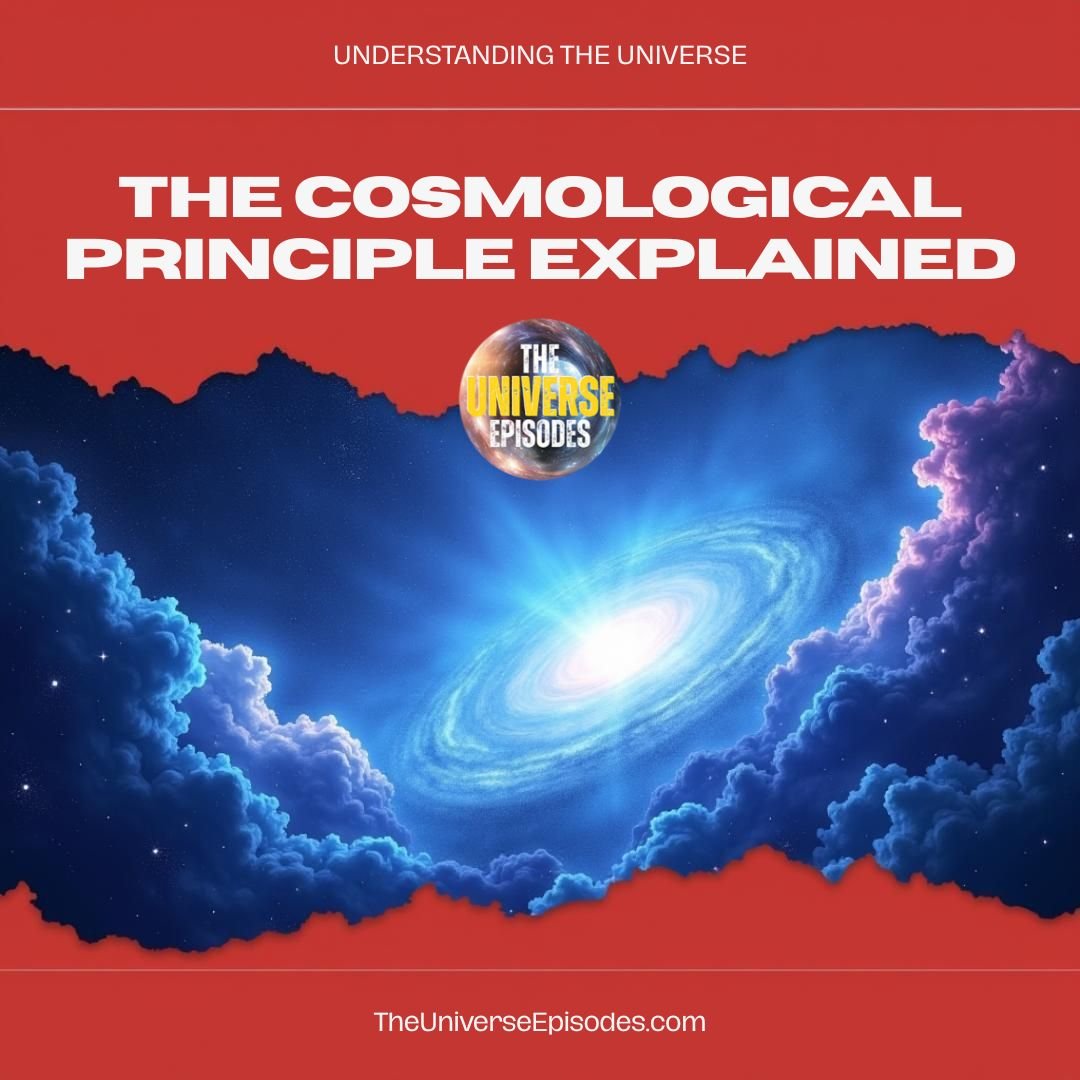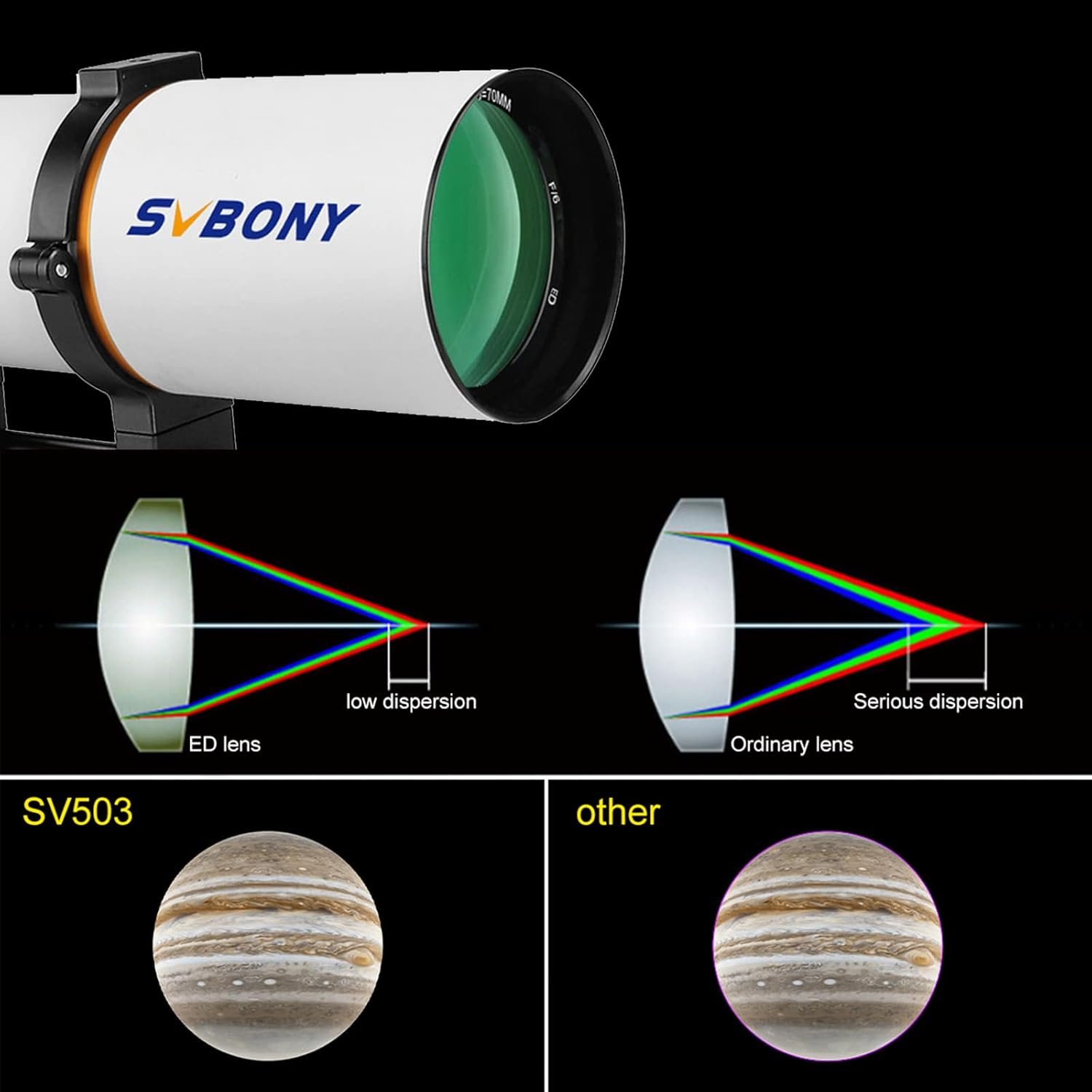Gravity is a force that we all experience in our everyday lives. From the falling of an apple to the way planets orbit the sun, gravity shapes the universe around us. But is gravity really a force? The answer to this age-old question has evolved over time, from the classical theories of Sir Isaac Newton to the groundbreaking insights of Albert Einstein. In this post, we’ll explore these different perspectives and explain the current understanding of gravity, helping you answer the question: Is gravity a force?
Key Takeaways
- Gravity as a Force: According to Newton’s law of gravitation, gravity is indeed a force of attraction between masses.
- Einstein’s View: Albert Einstein’s theory of General Relativity suggests that gravity is not a force but the result of spacetime curvature caused by mass and energy.
- Modern Understanding: While gravity is still often referred to as a force in many contexts, it’s actually a manifestation of the geometry of spacetime, particularly when we consider cosmic scales or high velocities.
- Quantum Gravity: The search for a quantum theory of gravity is ongoing, with scientists trying to reconcile gravity with quantum mechanics.
Let’s dive deeper into the history, science, and current theories about gravity.
Newtonian Gravity: A Force of Attraction

What Is Gravity According to Newton?
In the 17th century, Sir Isaac Newton formulated his Law of Universal Gravitation, which revolutionized the way scientists understood the interactions between objects with mass. According to this law, every object in the universe exerts an attractive force on every other object, and this force can be mathematically described by the equation: F=Gm1m2r2F = G \frac{m_1 m_2}{r^2}F=Gr2m1m2
Where:
- FFF represents the gravitational force,
- GGG is the gravitational constant,
- m1m_1m1 and m2m_2m2 are the masses of two objects,
- rrr is the distance between their centers.
This equation shows that gravity is directly proportional to the product of the masses and inversely proportional to the square of the distance between them. In simple terms, the larger the masses or the closer the objects are to each other, the stronger the gravitational force between them.
Why Newton’s Law Works
Newton’s law of gravitation was a major breakthrough because it described gravity as a universal force that acts between any two masses, regardless of their size or location in the universe. The law successfully explained:
- The falling of objects on Earth (like an apple falling from a tree),
- The orbits of planets around the Sun,
- The motion of moons around planets.
Newton’s model provides the foundation for much of modern physics, and in many everyday situations—like calculating the weight of an object or determining the orbits of satellites—his law of gravity is still extremely accurate and useful.
Einstein’s General Relativity: Gravity as Spacetime Curvature

A New Perspective on Gravity
In the early 20th century, Albert Einstein introduced a revolutionary idea about gravity with his theory of General Relativity. According to Einstein, gravity is not a force that acts at a distance, but rather a result of the curvature of spacetime caused by mass and energy.
What Is Spacetime?
Spacetime is a four-dimensional continuum that combines the three dimensions of space (length, width, height) with time as a fourth dimension. Einstein’s theory suggests that mass and energy cause spacetime to curve, and objects then move along the curved paths, or geodesics, in this warped spacetime.
Gravity in General Relativity
Einstein’s famous equation, E=mc2E = mc^2E=mc2, shows that mass and energy are interchangeable. In the context of gravity, this implies that the more massive an object is, the more it curves spacetime, and the more it influences the motion of other objects. Instead of thinking of gravity as a force pulling objects together, Einstein’s theory explains that objects move along paths dictated by the curvature of spacetime.
To visualize this, imagine a bowling ball placed on a rubber sheet. The ball causes the sheet to curve, and smaller objects placed nearby will roll toward the ball, as they follow the curved paths. Similarly, massive objects like the Sun curve the fabric of spacetime, and planets like Earth follow these curved paths as they orbit the Sun.
How General Relativity Explains Gravity

Einstein’s theory provides several key insights that Newton’s gravity could not:
- Curved Spacetime: Instead of a force pulling objects together, General Relativity describes gravity as the result of objects moving along curved paths in spacetime.
- Stronger Gravity Near Massive Objects: The closer an object is to a massive body (like a planet or star), the greater the curvature of spacetime, which is why objects fall faster near massive objects.
- Gravitational Time Dilation: Time runs slower in stronger gravitational fields. This effect has been measured on satellites and is crucial for the Global Positioning System (GPS), which accounts for time differences caused by gravity.
Gravity at Different Scales

Everyday Scales: Newton’s Laws in Action
For many everyday situations, such as calculating the trajectory of a ball or determining the orbit of a satellite, Newton’s law of gravity is still perfectly accurate. The force of gravity works in a way that is easily observable, such as the force that causes an apple to fall from a tree or the motion of the Moon around the Earth.
Extreme Scales: The Role of General Relativity
However, when we start dealing with objects that have extremely strong gravitational fields (like black holes) or high velocities (near the speed of light), Einstein’s General Relativity becomes the more accurate theory. For example:
- Black Holes: The enormous gravitational pull near a black hole is explained by General Relativity’s view of spacetime curvature.
- Gravitational Waves: These ripples in spacetime, predicted by Einstein, were observed in 2015, confirming General Relativity’s predictions about gravity.
The Quantum Theory of Gravity
The Challenge of Quantum Gravity
While General Relativity provides an excellent description of gravity on large scales, it does not work well with quantum mechanics, the theory that explains the behavior of particles at the smallest scales. Quantum mechanics works well for three of the four fundamental forces (electromagnetism, strong nuclear force, and weak nuclear force), but gravity remains an outlier.
Theoretical efforts to reconcile General Relativity with quantum mechanics have led to theories like string theory and loop quantum gravity, but these theories are still in development. The goal is to create a quantum theory of gravity, a unified framework that describes gravity at both the macroscopic and microscopic levels.
Experimental Evidence for Gravity

Both Newton’s model and Einstein’s model have been supported by a wealth of experimental evidence:
Supporting Newton’s Theory:
- Planetary Orbits: Newton’s equations accurately describe the orbits of planets and moons.
- Tidal Forces: The way the Earth and Moon interact gravitationally, creating tides, is perfectly explained by Newton’s law.
Supporting Einstein’s Theory:
- Mercury’s Orbit: General Relativity explained the precession of Mercury’s orbit, a phenomenon Newton could not.
- Gravitational Lensing: Observations of light bending around massive objects, like galaxies, confirm General Relativity’s predictions.
- Gravitational Waves: The detection of gravitational waves by LIGO in 2015 confirmed a major prediction of General Relativity.
Conclusion: Is Gravity a Force?
The question of whether gravity is a force is ultimately context-dependent:
- For everyday applications: Newton’s description of gravity as a force works well and remains a practical model.
- For extreme conditions (high speeds, strong fields): General Relativity provides a more accurate description, showing that gravity is a result of the curvature of spacetime.
- At quantum scales: Gravity remains an unsolved puzzle, and physicists continue to explore ways to integrate it into the quantum framework.
While gravity is still often referred to as a “force,” its true nature is more complex than a simple pull. It is both a geometric property of spacetime and an influence that shapes the motions of celestial bodies. The ongoing quest for a unified theory of gravity continues to expand our understanding of the universe.
FAQs About Gravity
- Is gravity a force in all situations?
- While gravity is described as a force in many everyday situations, in the context of General Relativity, it is better understood as the result of the curvature of spacetime caused by mass and energy.
- Can gravity be explained by quantum mechanics?
- Currently, gravity cannot be fully explained by quantum mechanics. Efforts are underway to develop a quantum theory of gravity.
- What is the role of gravity in the universe?
- Gravity governs the motion of planets, stars, and galaxies. It shapes the structure of the universe and drives the formation of celestial bodies.
By understanding gravity from both a classical and modern perspective, we gain deeper insight into one of the most fundamental forces that governs our universe.
























